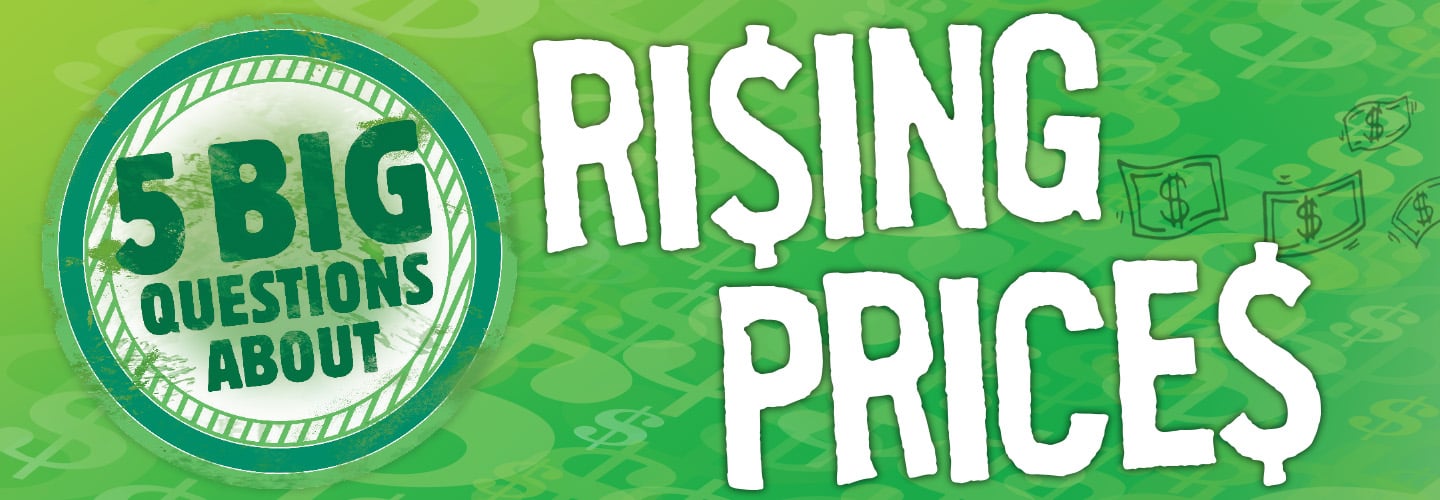Not at all. An increase in the price of goods (like food and clothing) and services (like doctor visits and haircuts) over time is called inflation. It is a normal process.
Prices of goods tend to go up slowly over time. But during the past year, prices have climbed much quicker than usual. Last summer, inflation in the U.S. reached a 40-year high. That means groceries, gas, cars, and many other goods are more expensive than they were a year ago.

